Recap
Last time we explored links, interactives, and watched some videos to help with our scavenger hunt. We were looking for an answer to this question:
What does our oil and thyme experiment have to do with Earth’s structure?
Engage
This time, we will continue to explore for an answer to that question, but this time we have a new question that we will focus on:
How does the inside structure of the Earth affect the outside structure of the Earth.
Explore
You have 20-30 minutes to continue to explore the resources from last week (scroll down). While we still want to think about the oil and thyme demo, focus on finding evidence to help answer “How does the inside structure of the Earth affect the outside structure of the Earth.”
Explain
What did you find? You will work with your table partners to create a model on chart paper to explain your answer.
- Work together as a team and talk about how to create the model before starting.
- Use a pencil first before marker.
- Use crayon for big areas of coloring.
- Make sure everyone feels like they are a part of the poster.
- You may continue to use your computer as a resource while you work on your poster.
NGSS Standards
Science & Engineering Practices
- I can develop and use a model to show my thinking and understanding.
- I can analyze and interpret data and use it to show evidence.
- I can gather data and communicate it to others.
Disciplinary Core Idea
- Some Earth events happen slowly, while others happen quickly.
- Some events happen over long time periods that cannot be observed in one life time.
- Patterns of rocks and Earth formations happen because of the dynamics of Earth.
- Tectonic activity shapes our planet.
- Compare Earth to other objects in our solar system and space.
Crosscutting Concepts
- Structure and function
- Cause and effect
- Systems
- Patterns
These are loose references to the DCIs for use in this enrichment classroom. They are a combination of standards in The History of Planet Earth across several grade levels.
SCROLL DOWN
The resources we are using today are the same from last week. See below or click the icon above to take you to that post.

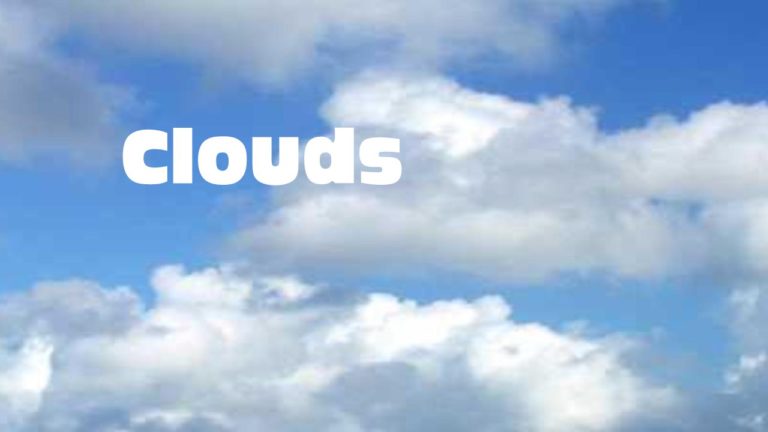
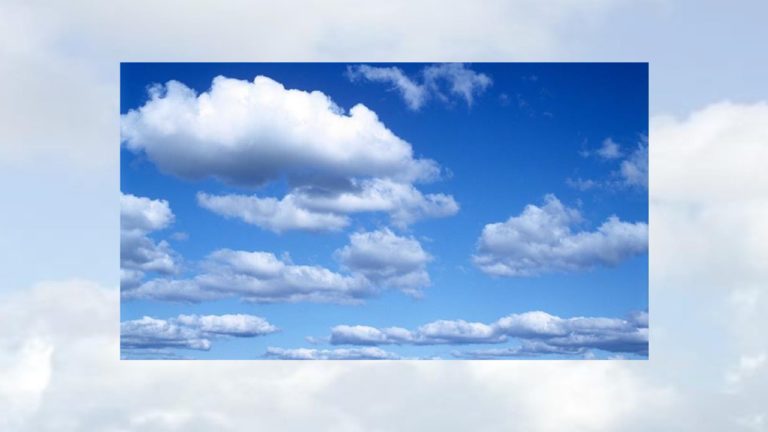
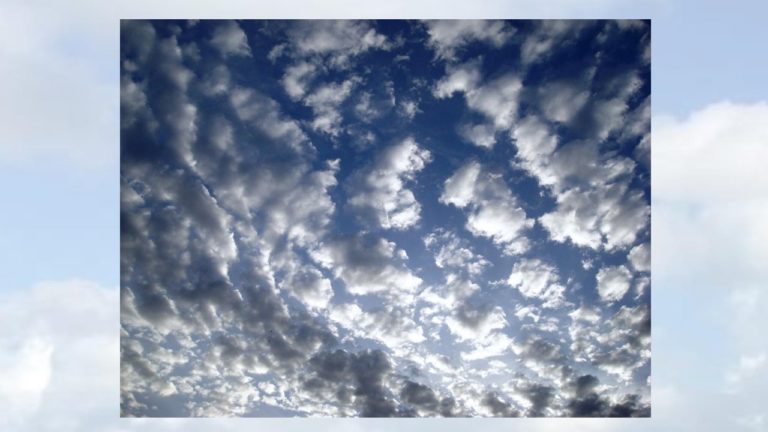
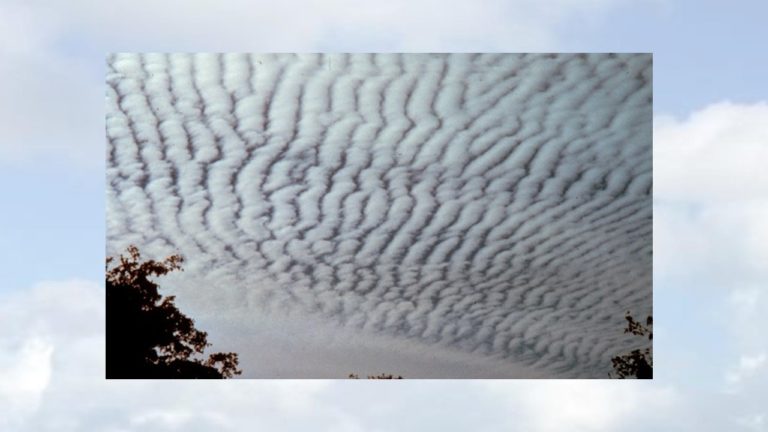
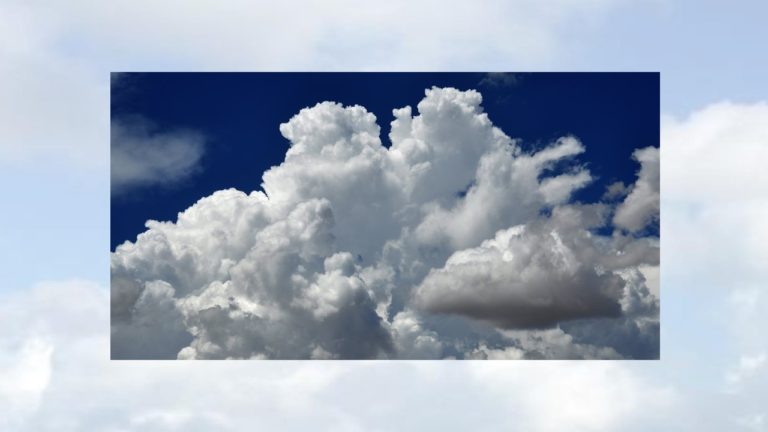
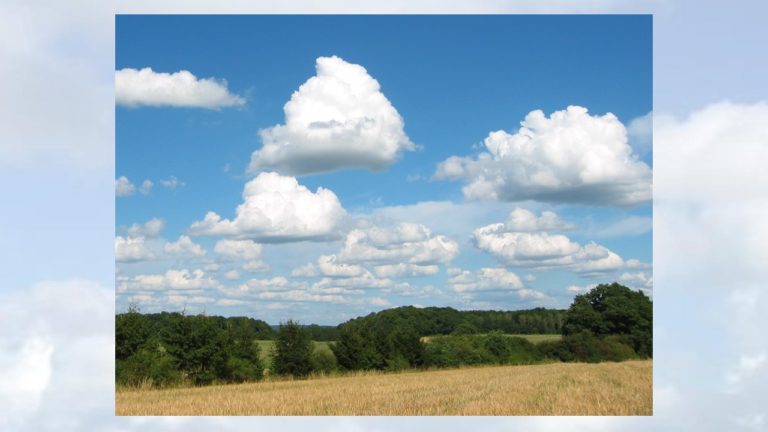
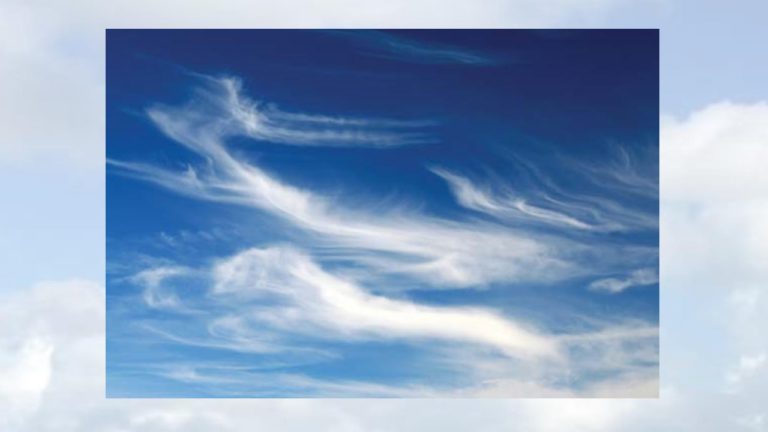
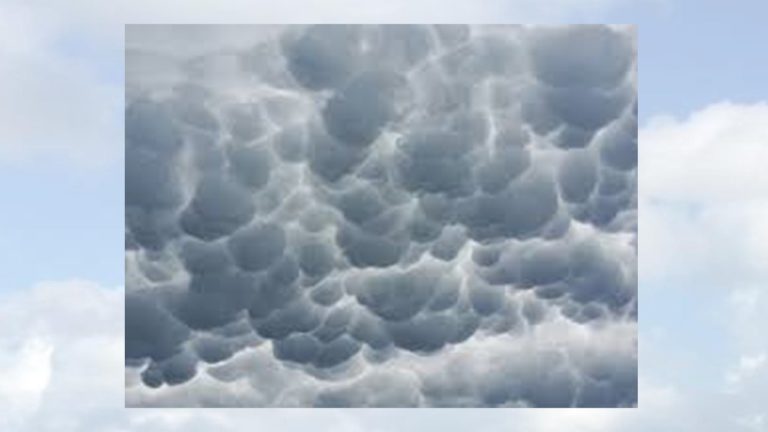
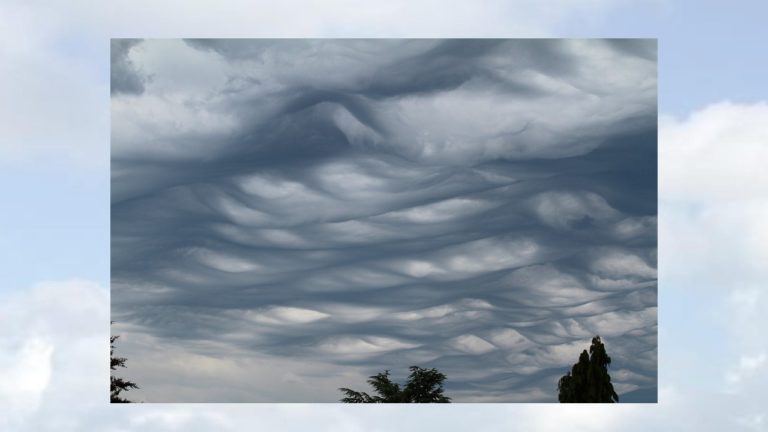
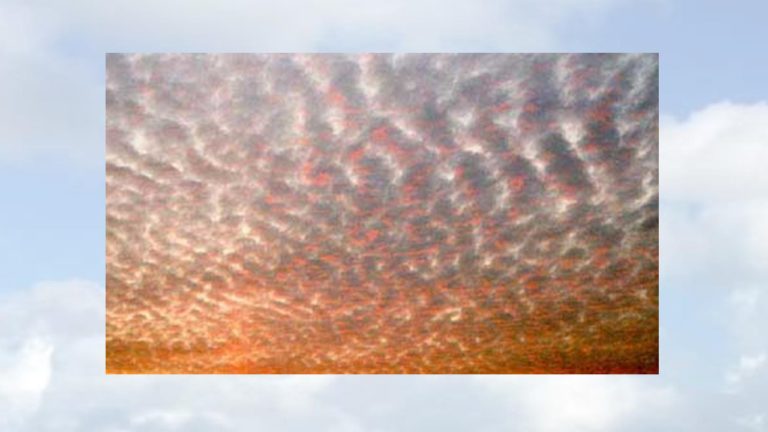
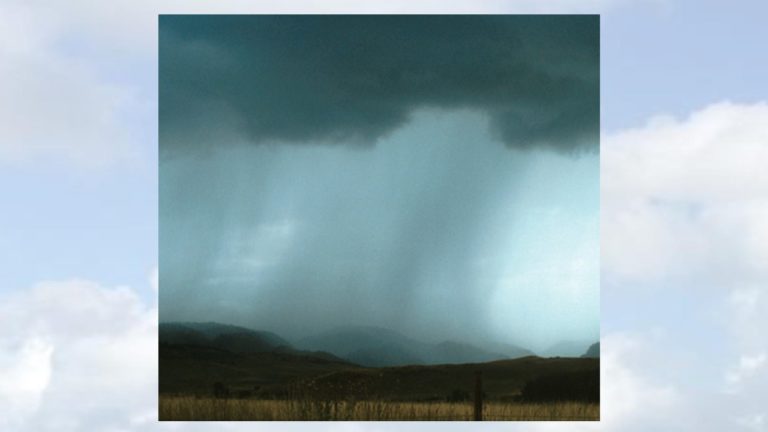
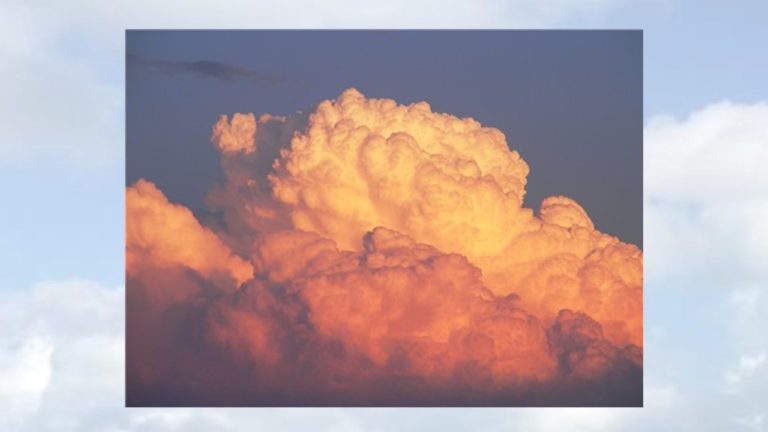
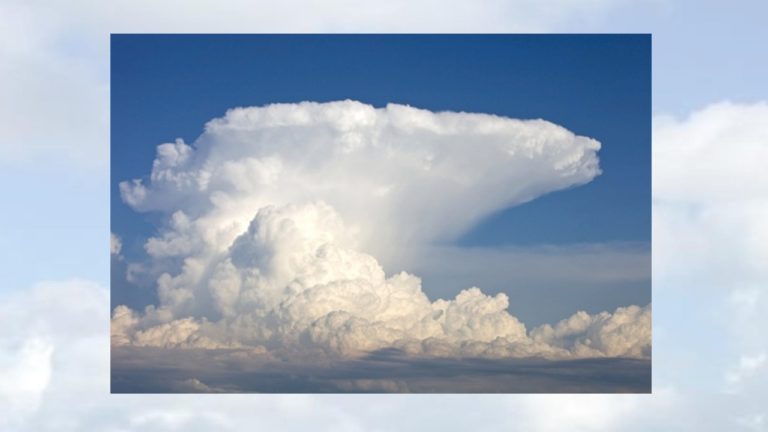
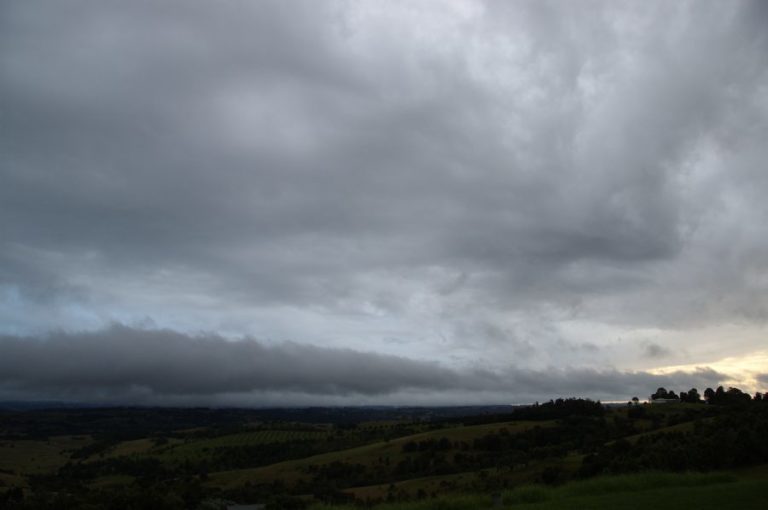
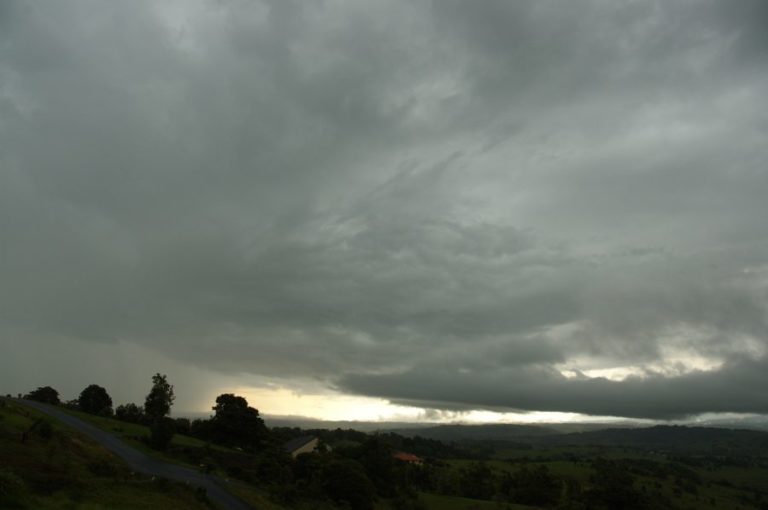
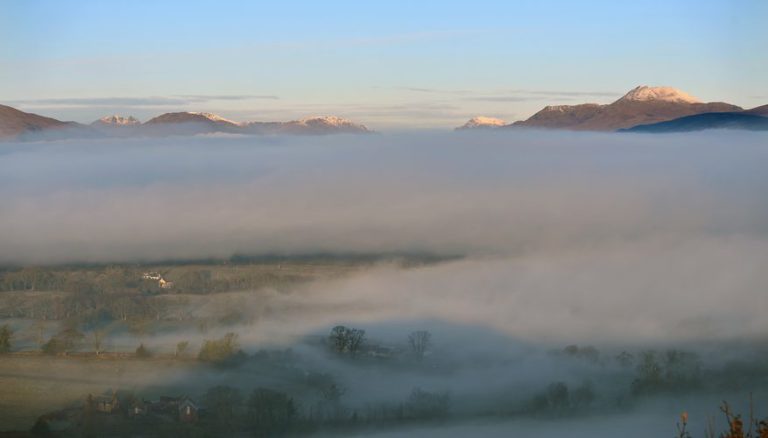

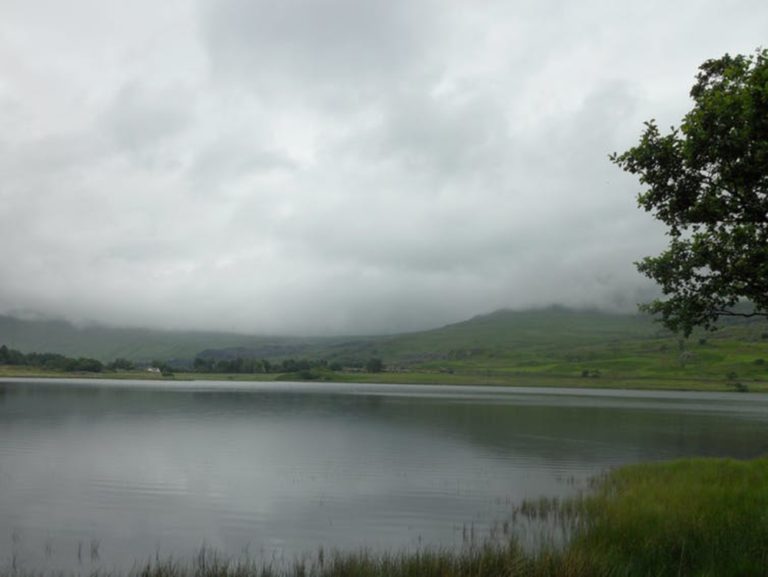
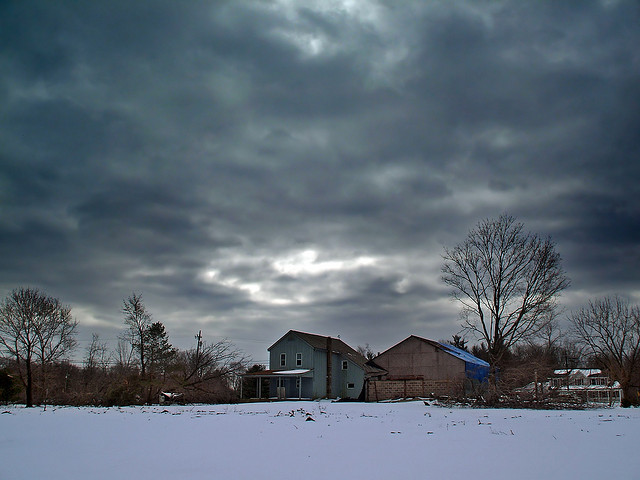
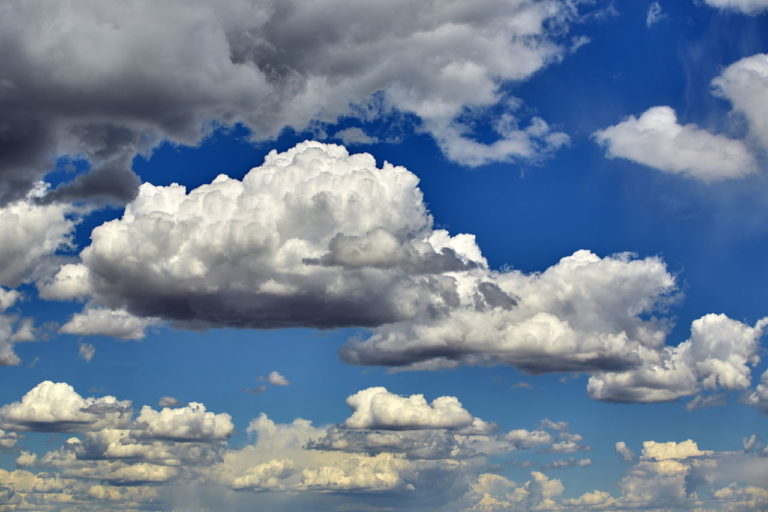
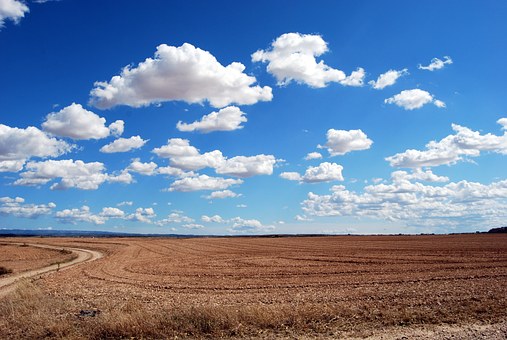
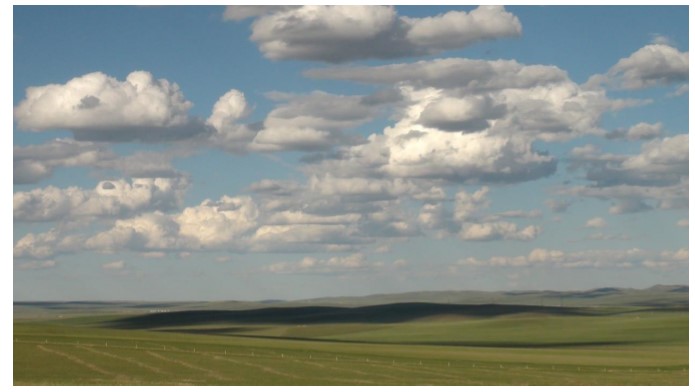
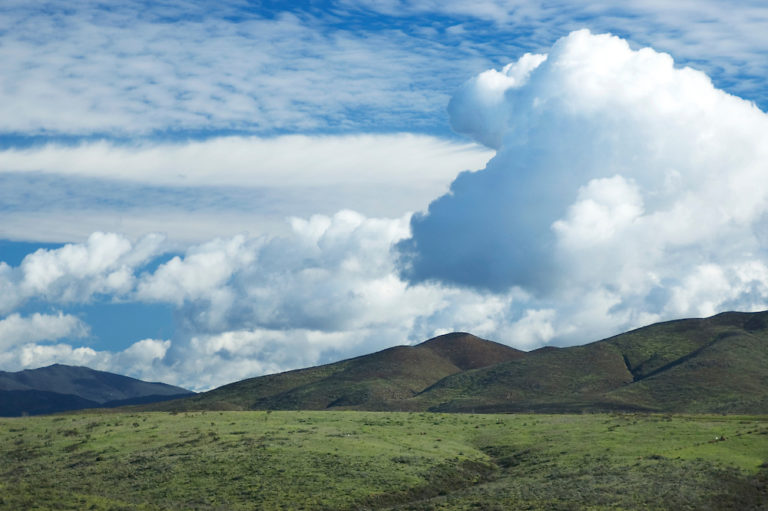
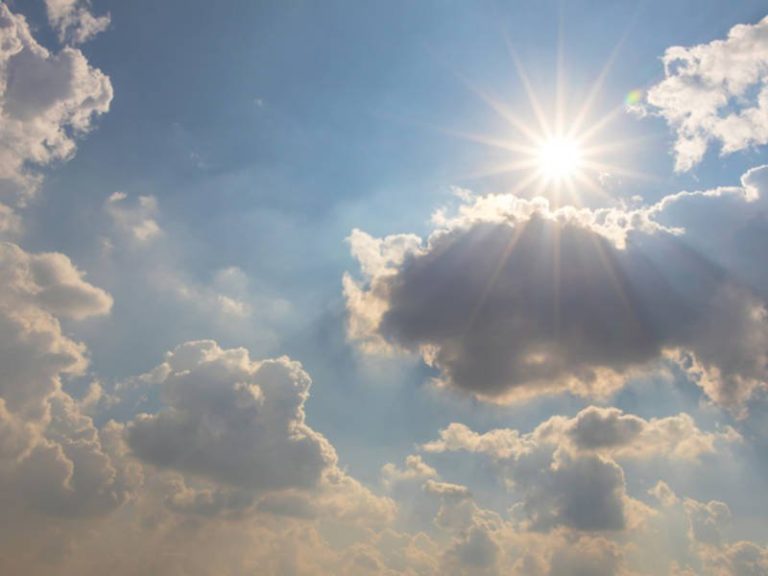
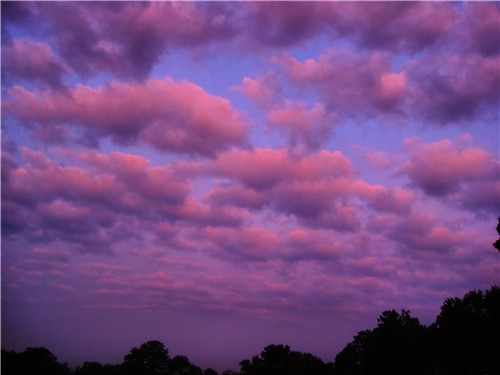
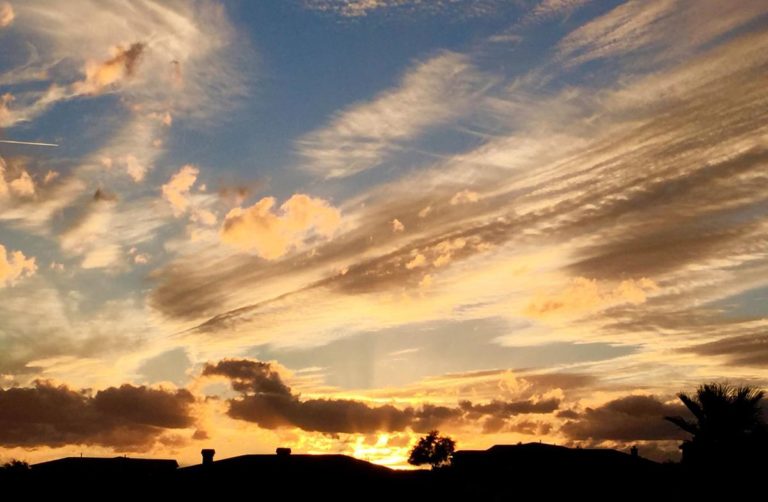
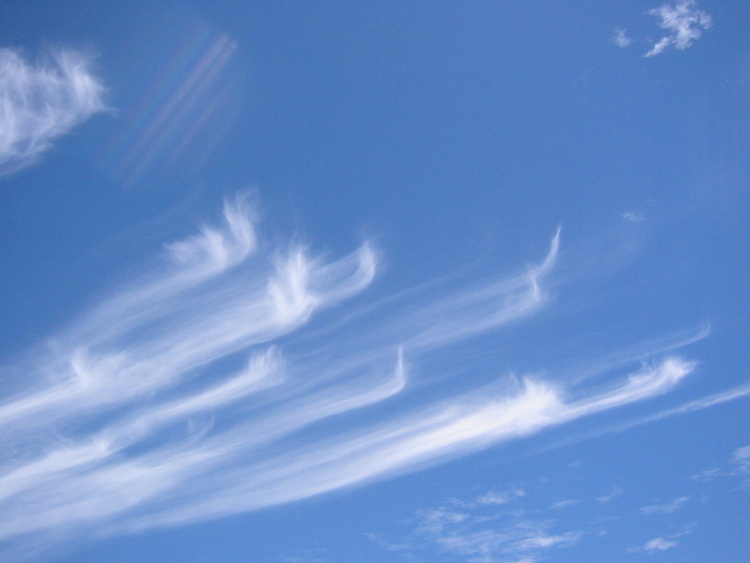
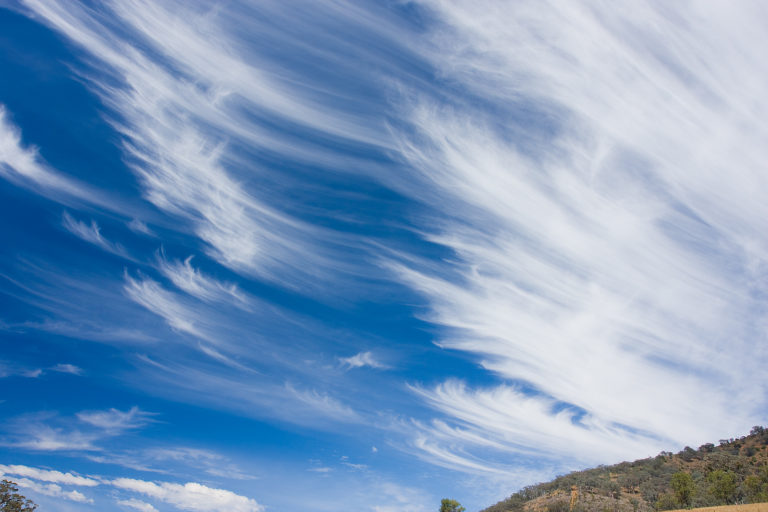
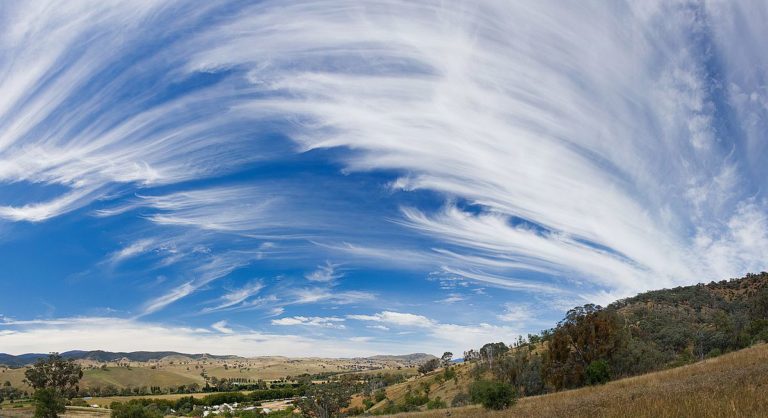
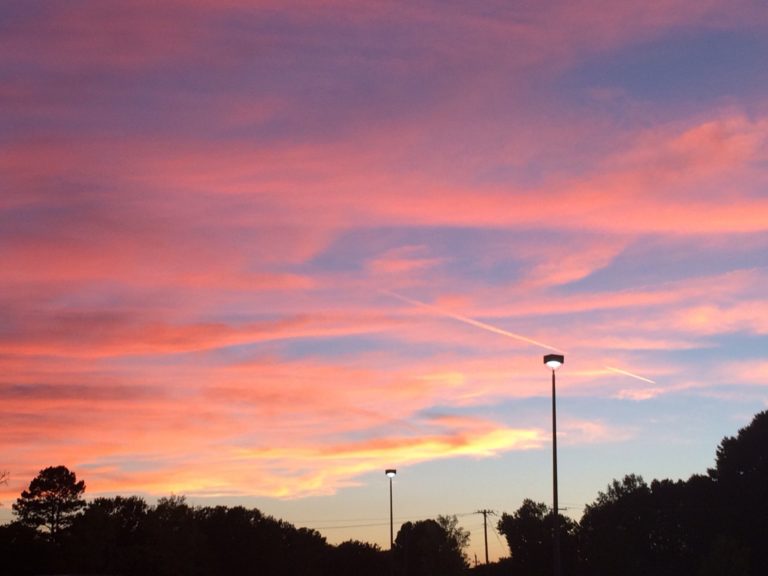
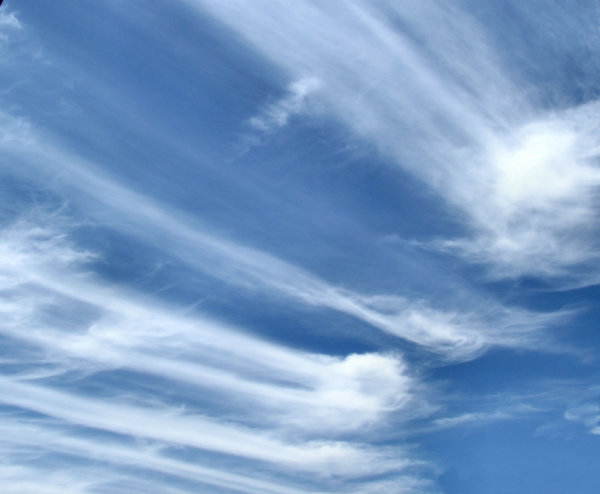
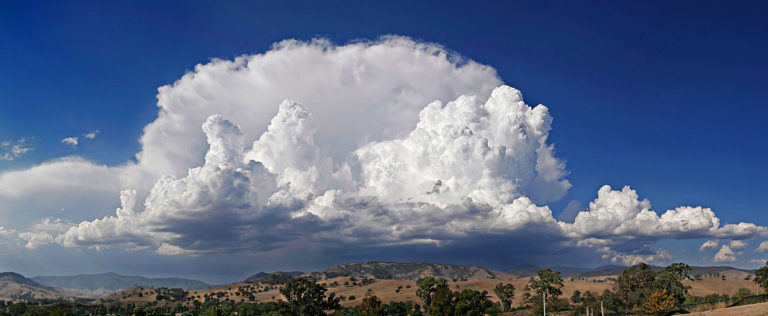
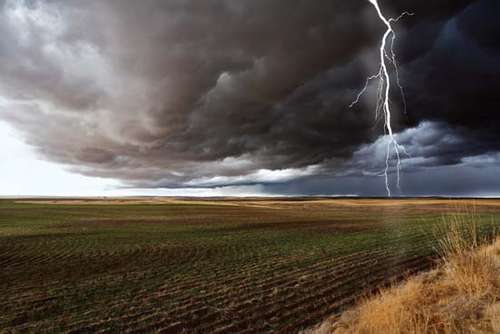
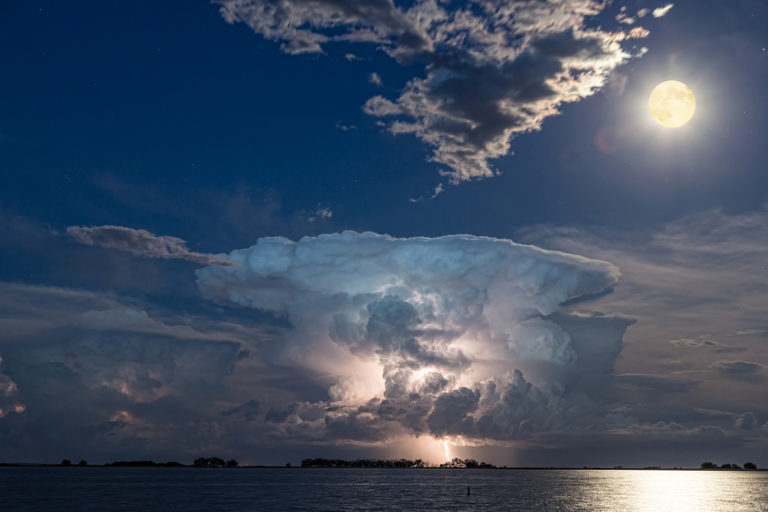
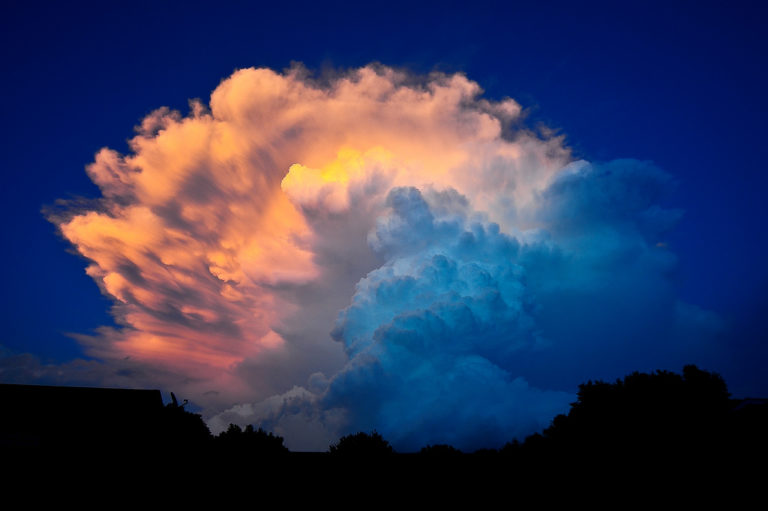
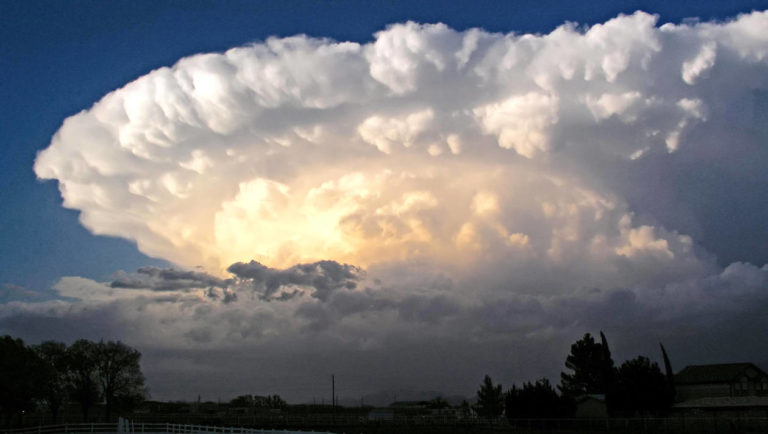
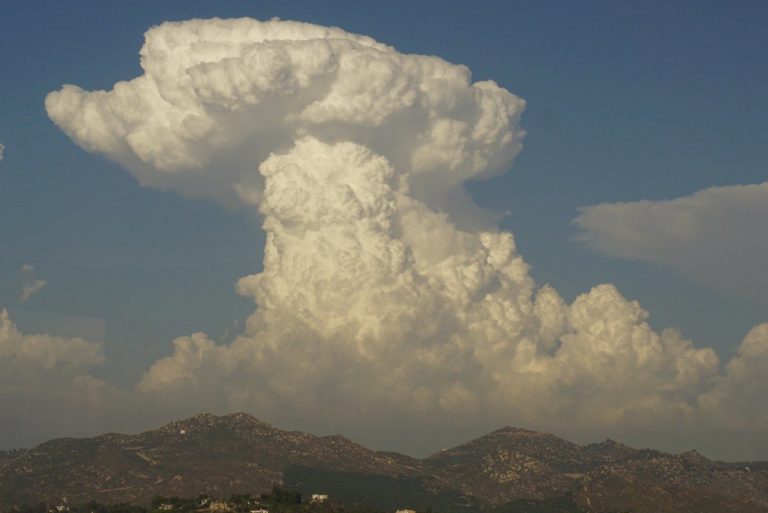
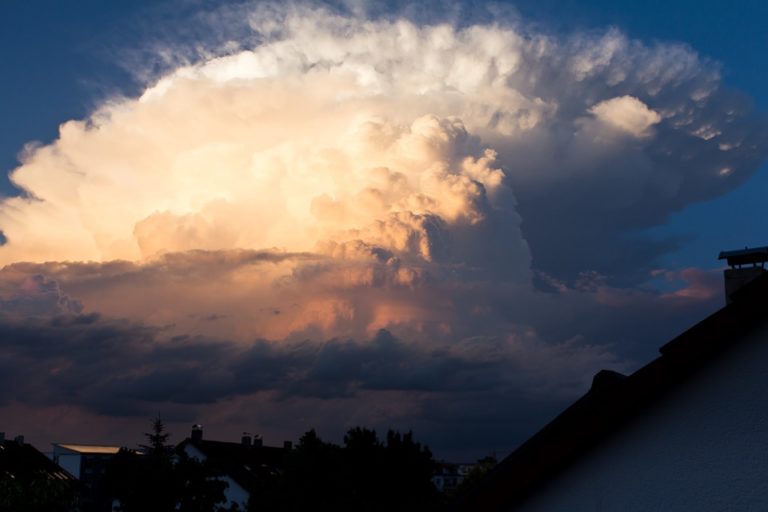
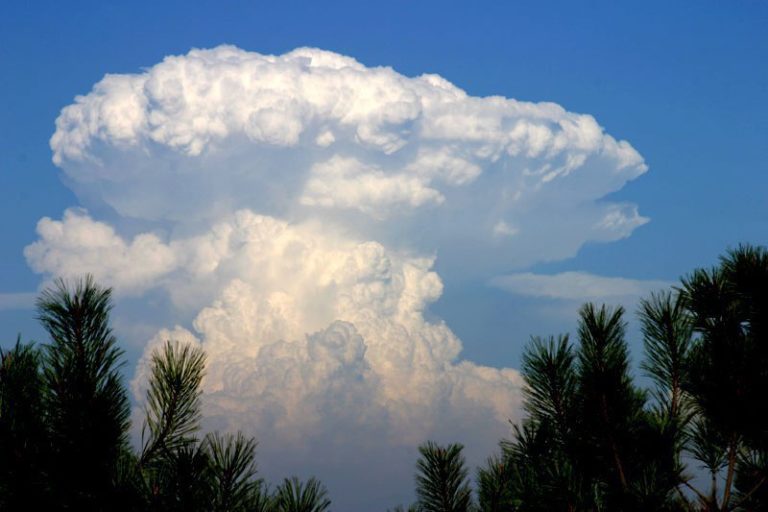

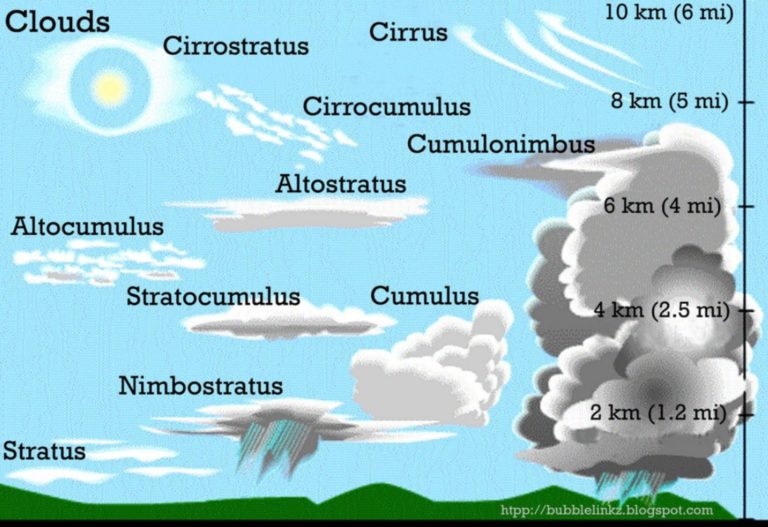
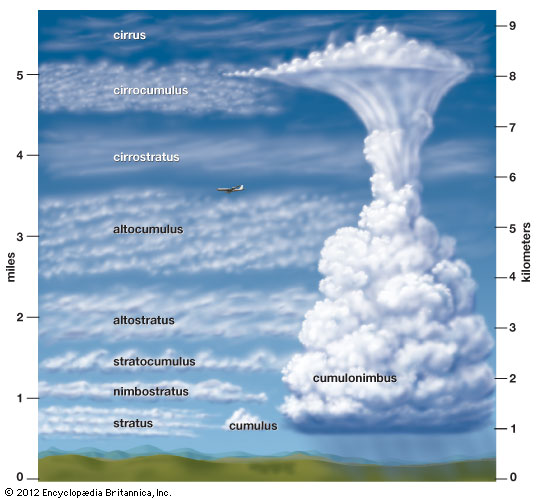
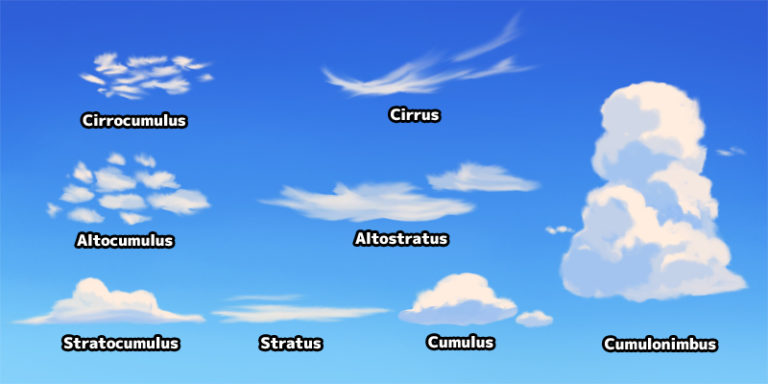
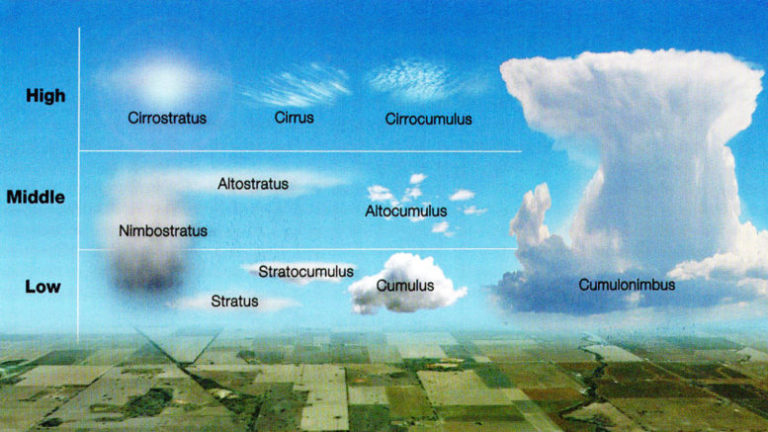
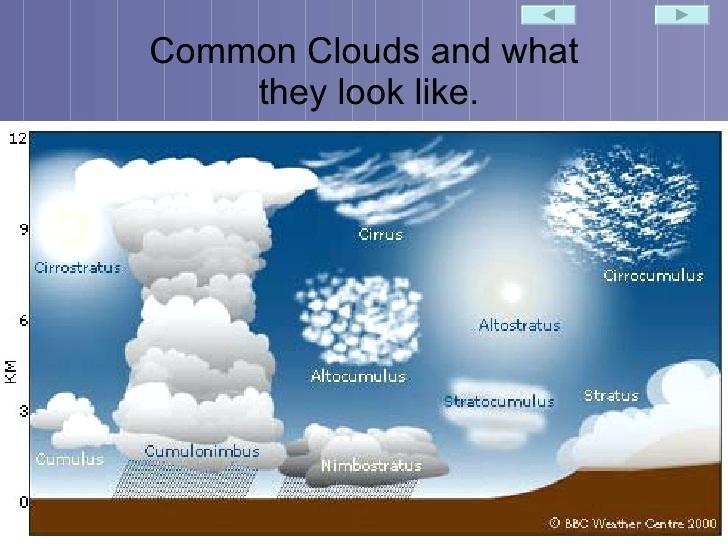
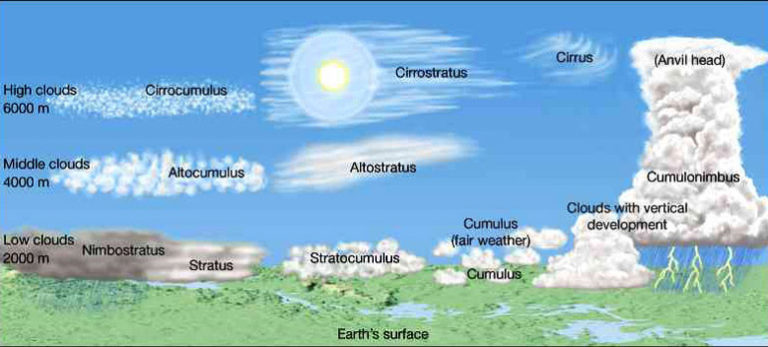
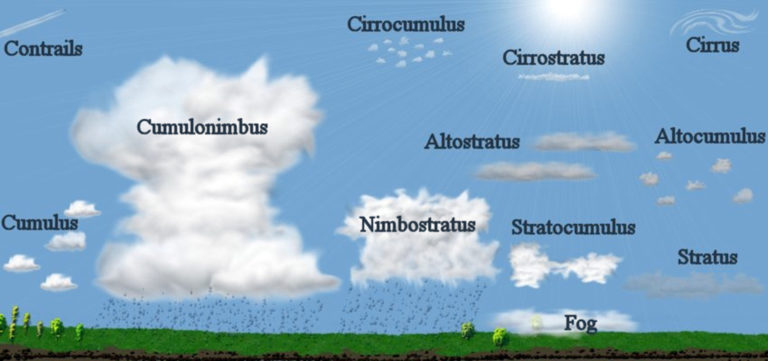
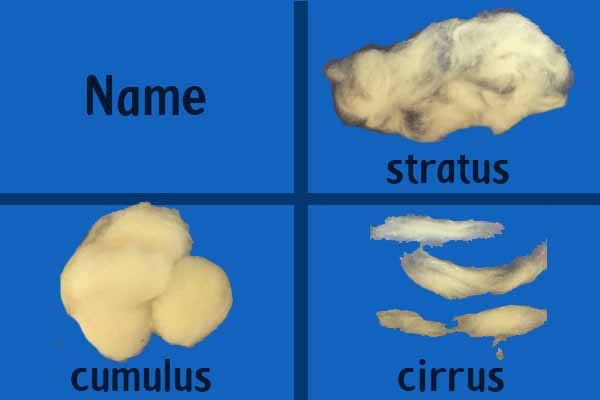
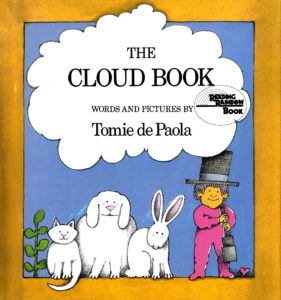
You must be logged in to post a comment.